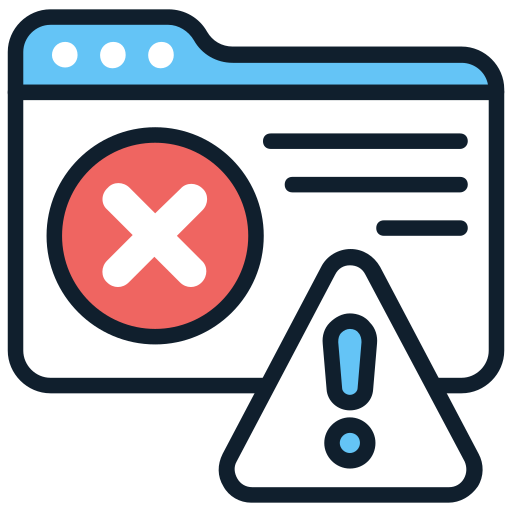CART
Your cart is empty
Let’s find the perfect ...

The site owner may have set restrictions that prevent you from accessing the site. Please contact the site owner for access.

News

There is more to industrial LED lighting than lighting up a workspace. The future holds intelligent control, sustainability features, and cost efficiency. In 2025, lighting will change with smart technologies, powerful energy saving features, human-centric designs, and redefined capabilities.
At JONATHAN Y, we design modern lighting systems engineered to perform in industrial environments—combining aesthetics, safety, and energy efficiency. Explore our Modern Lighting Collection for LED solutions that meet 2025's rigorous standards.
This report comprehensively covers the latest advancements in industrial LED lighting including changing, trending, and remaining topics. We further focus on how businesses can utilize advancement to enhance competitive advantage and compliance.
Overview of Industrial LED Technologies
Traditionally-Focused vs. LED-Adopting Lighting Styles
Predicted Developments of Industrial LED Lighting in 2025
Smart Lighting for Industrial Purposes
Legal Compliance and Safety in Industrial Lighting
Aesthetic Advancements in Industrial Environments
Environmental and ESG Objectives
Lighting By Usage in Industry: Warehousing, Cold Storage, etc
Energy Efficiency vs. ROI and Rebates
Sponsoring Brands and Technologies
Selecting an Industrial LED Solution: Key Considerations
Projecting the Future of LED Lighting
Concluding Remarks
Frequently Asked Questions
Industrial LED lighting is used in high-scale, performance-demanding spaces like factories, distribution centers, and plants. These environments require high lumen output, durability, and reliability under extreme conditions.
By 2025, LEDs are evolving beyond illumination to serve roles in data transmission, real-time environmental tracking, and smart automation.
High-pressure sodium, metal halide, fluorescent.
Poor energy efficiency and short lifespan.
80% energy savings
Up to 100,000 hours lifespan
Instant-on, low heat, and directional focus
In 2025, over 90% of new installations are expected to be LED-based.
Human-Centric Lighting (HCL): Mimics daylight and supports circadian rhythms.
AI-Integrated Systems: Automate brightness, predict maintenance, and optimize usage.
Li-Fi Technology: Secure data transmission via light.
Modular Fixtures: Easy upgrades, replaceable drivers, sensor integration.
Ultra High Lumen: 80,000+ lumen output for high-bay areas.
Wireless Controls: Mesh networks using Zigbee, Bluetooth, or Wi-Fi.
Occupancy Sensors: Save power in low-traffic zones.
Cloud Dashboards: Monitor energy and fixture status remotely.
BMS Integration: Sync lighting with HVAC and security systems.
High CRI: For quality inspection and visual accuracy.
Emergency Readiness: Battery backups meet OSHA/NFPA.
Flicker-Free: Reduce migraine risk and machinery errors.
Hazardous Location Fixtures: Explosion-proof, vapor-tight options.
Modern industrial lighting merges form with function:
Architectural wall packs
Minimalist suspended linear lights
Gunmetal and matte black finishes
Slimline high bays for office/showroom hybrids
Carbon Reduction: LEDs help offset greenhouse gas emissions.
No Toxic Materials: Mercury-free disposal.
LEED Support: Increases green building certification potential.
ESG Automation: Auto-generate sustainability reports.
Warehouse: Uniform light with sensor-enabled controls.
Cold Storage: IP65+ waterproof LEDs, NSF-certified for food.
Manufacturing: High CRI + vibration-resistant task lighting.
Outdoor: Photocell-controlled dusk-to-dawn, tamper-proof.
1–2 Year Payback: Quick cost recovery from energy and maintenance savings.
Rebates: Up to $150/fixture from local energy programs.
Advanced Dimming: 0–10V and DALI reduce excess usage.
|
Brand |
Focus |
Notable Feature |
|
Signify (Philips) |
Connected lighting |
Li-Fi systems |
|
Cree |
High-performance |
Extreme durability |
|
Lithonia |
Cost-effective |
Modular scalability |
|
GE Current |
Smart + sustainable |
BMS sync |
|
Eaton |
Safety integration |
Emergency support |
|
Specification |
Recommendation |
|
Lumen Output |
10,000–80,000 lumens |
|
CRI |
80+ (general), 90+ (precision) |
|
IP Rating |
IP44+ indoor, IP65+ outdoor |
|
Color Temp |
4000K–5000K |
|
Dimming |
0–10V, DALI |
|
Mounting |
Pendant, chain, surface |
|
Certifications |
UL, DLC, RoHS, NSF |
Mobile customization interfaces
Embedded chips for fault detection
Robotic integration
In 2025, LEDs will act as part of the digital backbone of industrial environments.
Smart controllers and modern industrial lighting aren’t just upgrades—they’re assets. In 2025, facilities equipped with intelligent, compliant, and energy-efficient lighting will benefit from operational excellence, environmental stewardship, and a future-ready infrastructure.
Q1: What is the lifespan of industrial LED lighting?
A: 50,000–100,000 hours depending on conditions and use.
Q2: What’s the difference between DLC and UL?
A: DLC = efficiency for rebates; UL = safety and fire compliance.
Q3: Can LEDs work in extreme conditions like cold storage?
A: Yes. Look for IP65+ and temperature-rated fixtures.
Q4: Is Li-Fi viable in industrial facilities?
A: Yes, especially where security and interference are concerns.